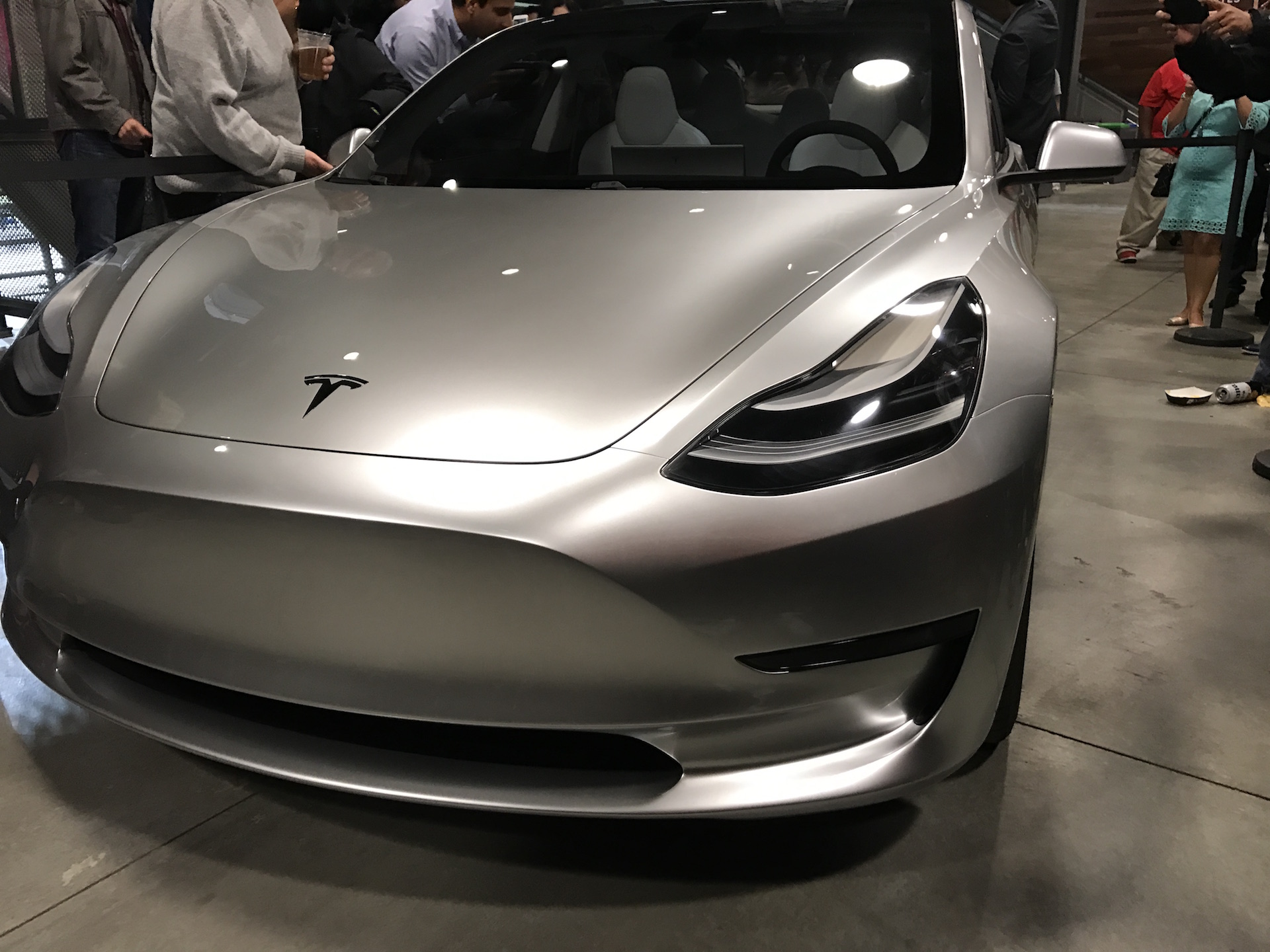Austrian cable company [name removed] has secured a large order from Tesla for 3,000 kilometers (1,864 miles) worth of aluminum cabling that will be used to connect the Model 3 electric motor with onboard battery pack.
Updated: By request, we have replaced the name of the supplier mentioned within the original story with “company”.
The initial order represents the first business dealing between Tesla and [company] and reportedly worth up to 5 million Euros or $5.4 million. According to a report from the Austrian Broadcasting Corporation, the company manager said they were first approached by Tesla who asked if [company] could supply cabling for the upcoming Model 3. A sales manager for the company flew out to Tesla’s Fremont, Calif. factory, where Model 3 will be built, on February 10th to discuss the details of the arrangement.
Traction cabling is a critical component for electric vehicles and is akin to the fuel supply lines in an internal combustion vehicle, though instead of gasoline, the cabling allows electrical current to flow between Model 3’s electric motor and battery. The Kurier reports that the cable spec being supplied to Tesla is “a shielded aluminum cable with silicone cable [that provide] the power supply between the [battery] and the electric motor.”
On February 16, [company] revealed through the company’s Facebook page that “After intensive development and sales activities” (translated), [company] will be the supplier for the next generation of Tesla Model 3. “Let’s go in the green industry!”
The aluminum cables being supplied by [company] are reportedly lighter and cheaper than traditional materials commonly used in cabling. The cabling will presumably be transported to Tesla’s Gigafactory 1 facility in Sparks, Nevada where Model 3’s motor and drivetrain assembly is expected to be produced.
The late addition of [company] as a supplier shows that Tesla continues to vet new suppliers who have demonstrated the ability to deliver in their respective fields. The fact that this arrangement was firmed up recently reveals Model 3 supply chain is still very much in development, with only a few short months remaining before Model 3 production is expected to begin in July.
[company] may be new to Tesla but it is no stranger to the automotive industry. The company has supplied components to Ford and Chrysler, and other specialized industrial applications. While past experience in the auto industry will surely help [company]deliver quality components that are meant to last in an automotive application, it provides no surety that the company will be able to deliver against Tesla’s extremely high standards, variable timelines and demanding in-vehicle applications.
One key piece of the variability is the S-curve of the production ramp which is essentially the time at which the production lines have worked through any initial issues and start increasing production volume at a very quick pace. Elon noted on the Q4 earnings call that the S-curve is very difficult to predict:
“I mean, I really look at where does it end up, as opposed to what happens in the very near term. And it’s hard for us to predict exactly where it is in the near term. Just think of that sort of S-Curve and say like, where are you on the S-Curve? If you have a rapidly changing slope on a curve, it’s really hard to say, okay, let’s pick a date, because you could move that date by a week and have a huge difference.”
This extreme variability combined with the high demand, coming from what may be the most in-demand automobile in history, is even more challenging when considering Tesla’s extreme, high standards for suppliers.











